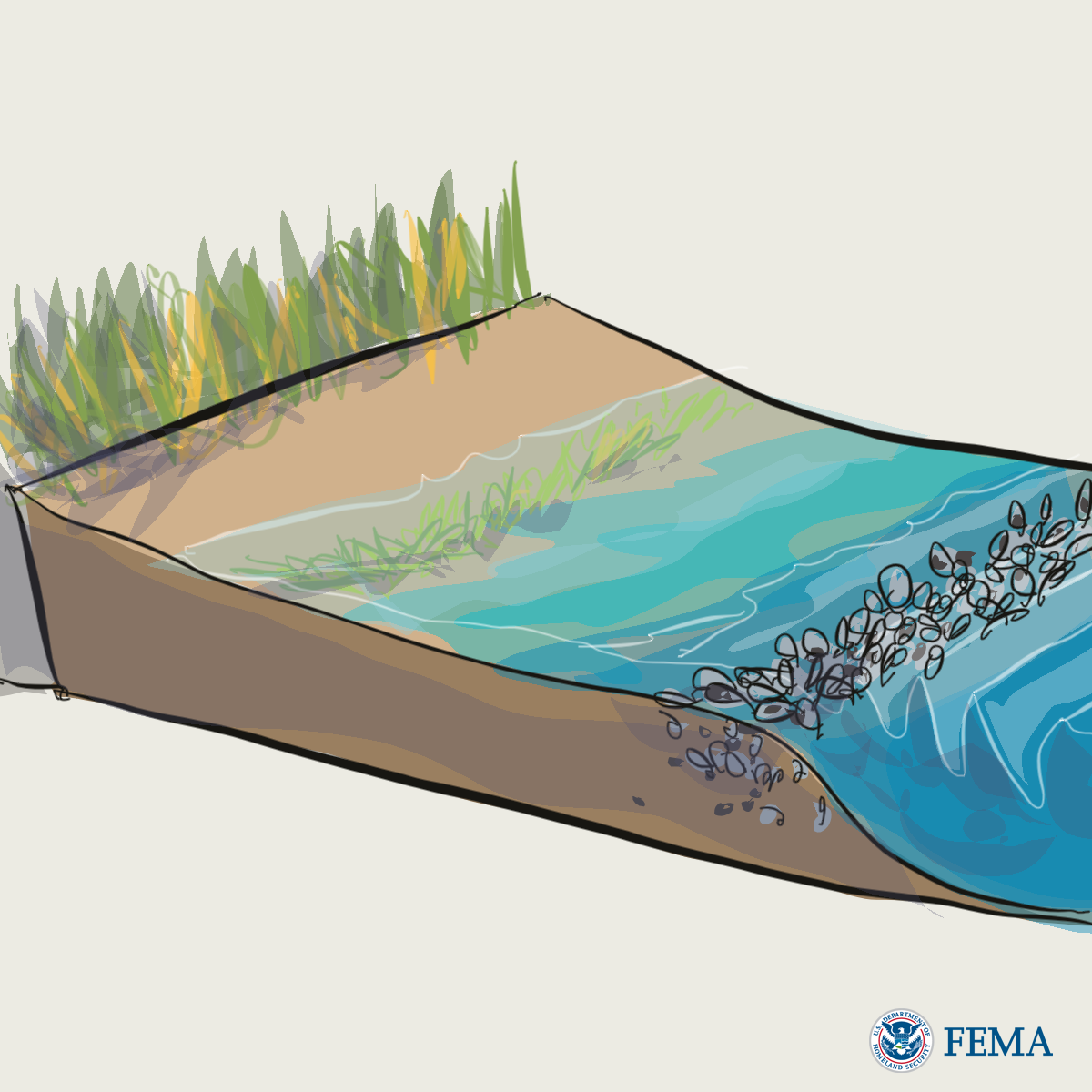Nature-based solutions include varied practices that can be applied at many different scales, for example, to an entire watershed or a specific site. The common thread is that nature-based solutions mimic natural processes and offer diverse benefits.
Below, we've organized nature-based solutions into three categories:
Watershed or landscape-scale practices build interconnected systems of natural areas and open space. They require long-term planning and coordination. Examples include land conservation and greenways.
Neighborhood or site-scale practices manage rainwater where it falls to reduce stormwater runoff. They can often be built into a site or neighborhood without much extra space. Examples include permeable pavement and tree trenches.
Coastal practices stabilize the shoreline, reduce erosion and buffer the coast from storm impacts. While many watershed and neighborhood scale practices work in coastal areas, coastal systems are designed to support coastal resilience.







